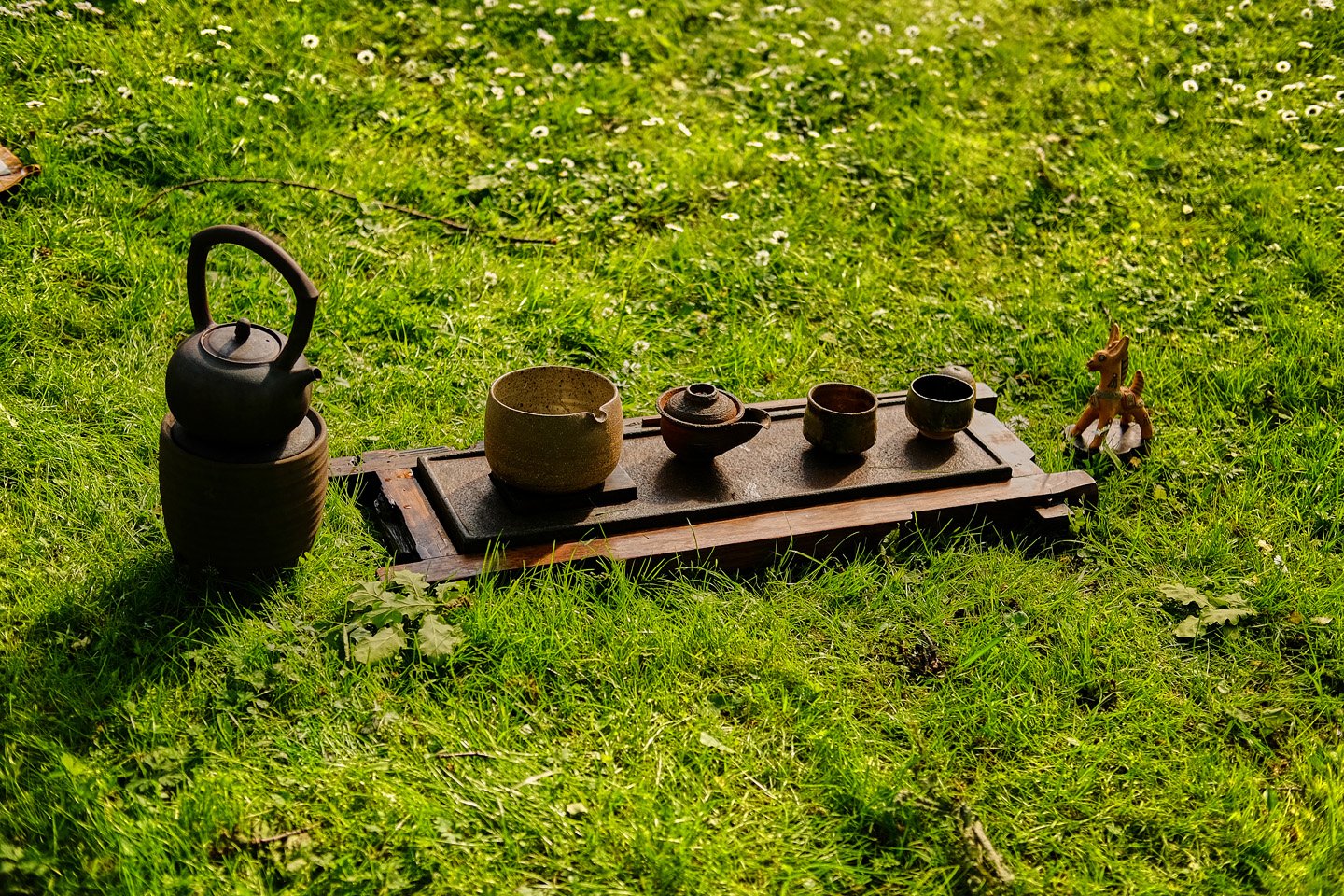Shinrin Yoku originated in Japan and we usually end our sessions with our own version of a Japanese tea ceremony.
I use plants harvested from the forest, washed and brewed in water slowly boiled over a camp fire.
Green tea and ordinary tea from a flask are available for those who prefer.
Brambles
We all know how tasty blackberries are and many of us will have picked and eaten them while out walking or to bring home and make jam.
But bramble leaves, can also be picked and brewed up to make a nutritional tea that contains lots of vitamin C and antioxidants and has detoxifying properties.
This natural tea is used by herbalists to treat diarrhoea, mouth ulcers and sore throats.
The leaves are best in early spring, but watch out for the jags when picking them.
Pine needles
These also have a high concentration of vitamin C and also contains vitamin A
Herbalists recommend them as an immune system booster that can help tackle heart disease and that are good for eyesight.
Taoist monks believed pine needle slowed aging and helped people to live longer.
Do not confuse with yew which is poisonous. Yew leaves are short and stubby. Pines have long green needles on a brown stalk
Nettle
Care is obviously needed when picking nettles, but when brewed up they lose their sting to provide a tea that is high in vitamin K and a source of vitamin A. It also contains iron and potassium.
Nettle tea can help prevent blood clotting and is beneficial to immune system and good for healthy skin and bones.
Nettle leaves should only be picked in spring and early summer, with gloves, and should not be consumed later in year when nettles have flowered.
Disclaimer: You should only consume foraged plants if you are 100 per cent sure what they are. Many wild growing plants are poisonous. I have attended foraging courses, but am not an expert, and only use plants which are very easily identifiable and which I have consumed myself. If in doubt stick with the tea bags.

